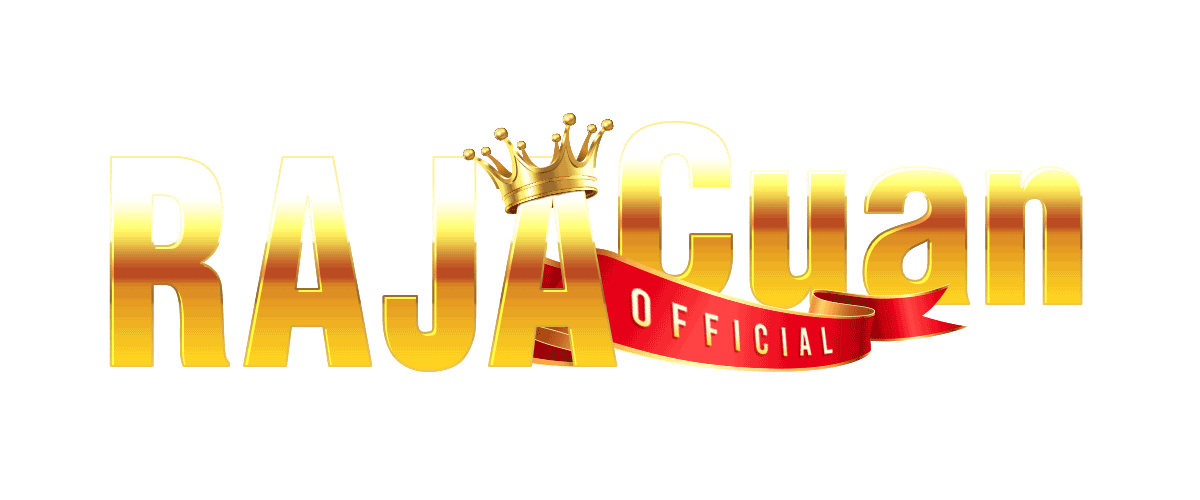
Satu akun untuk semua
Akses ekosistem Blibli Tiket dengan satu akun dan nikmati untungnya di mana saja!
Info selengkapnya

 Daftar Slot Online Gacor Terpercaya
Daftar Slot Online Gacor Terpercaya


| Kategori | Situs Terpercaya |
| Merk | Rajacuan |



 Rajacuan | Link Daftar Permainan APK Game Online Bonus Free Spin
Rajacuan | Link Daftar Permainan APK Game Online Bonus Free Spin| SERVER | BANDAR JUDI & SLOT GACOR |
| NAMA SITUS | RAJACUAN |
| JENIS GAME | SLOT ONLINE, CASINO ONLINE, JUDI BOLA |
| MINIMAL DEPOSIT | 10.000 IDR |
| TRANSAKSI PEMBAYARAN | ✅BANK ✅E-WALLET✅QRIS |
| RATING | ⭐⭐⭐ 119.099.000 Pelanggan |
Mencari tempat download aplikasi game online yang aman sekaligus praktis? Halaman ini menyajikan link daftar Rajacuan, APK permainan online resmi, serta promo bonus free spin yang diperbarui secara berkala.
Semua link hanya dari sumber resmi Rajacuan untuk menjaga keamanan data dan kenyamanan bermain.
Proses pendaftaran cepat, setelah itu kamu bisa langsung menjelajahi beragam permainan yang tersedia di Rajacuan.
Ingin bermain lebih praktis? Gunakan aplikasi APK Rajacuan. Klik tombol di bawah untuk mengunduh.